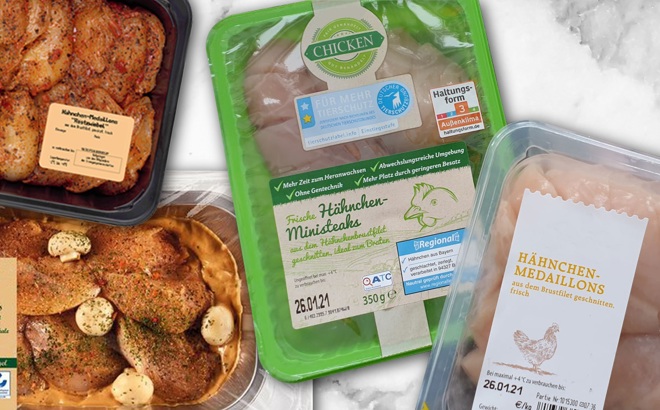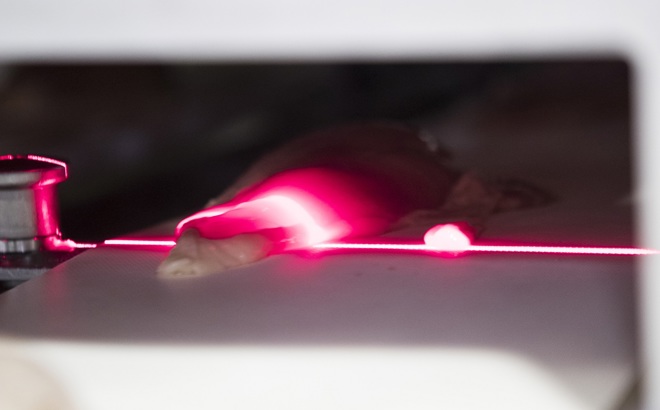1. How do consumers want their fillets?
Most people eat their breast meat products either at home or in a restaurant. In both cases, their choice will depend on family size and taste. This could be for fillets, tenderloins, medallions, strips, nuggets or cubes, each with its own detailed specification. Products should look and weigh the same and it should be possible to produce them in large volumes. Only high-speed intelligent portioning equipment can achieve this. Such systems should preferably have dual lanes and it should be easy to change from one portioning option to another.








